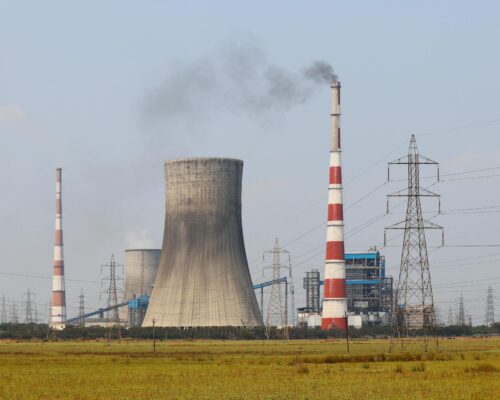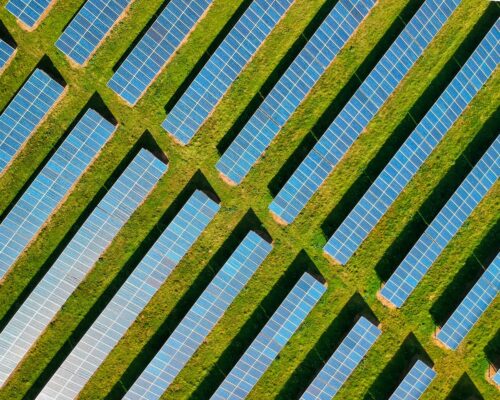Vietnam’s Renewable Energy Success Stories Promise a Bright Future
10 May 2021 – by Viktor Tachev
If there is a single example of an inspiring renewable energy transition, it is Vietnam. For just a couple of years, it became one of the clean energy leaders in the world. The future doesn’t seem to hold anything different, considering the ambitious PDP8 draft currently under review. Even before the new policy comes into force, there already are many renewable energy success stories in Vietnam. Let’s see what lessons the country has for the world.
The Renewable Energy Success Stories in Vietnam
Considering the great natural endowments, strong national policies, and continuously increasing investments, we have all the means to believe the growth of renewable energy in Vietnam will be exponential. While only time will tell whether this will be the case, we can examine the factors that have turned Vietnam into one of the most exciting renewable energy markets in the world:
Becoming a top-ten solar PV market in the world in just a few months
According to (IRENA), today, Vietnam is within the ten countries with the biggest installed solar power energy capacity.
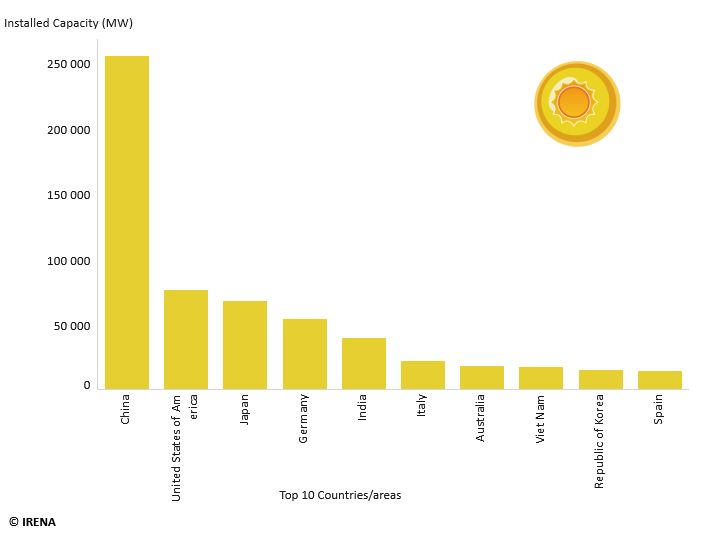
Even more admirable is the fact that Vietnam tops the growth-rate charts of solar energy. Throughout 2020, rooftop solar installations grew by over 2,400% compared to 2019.
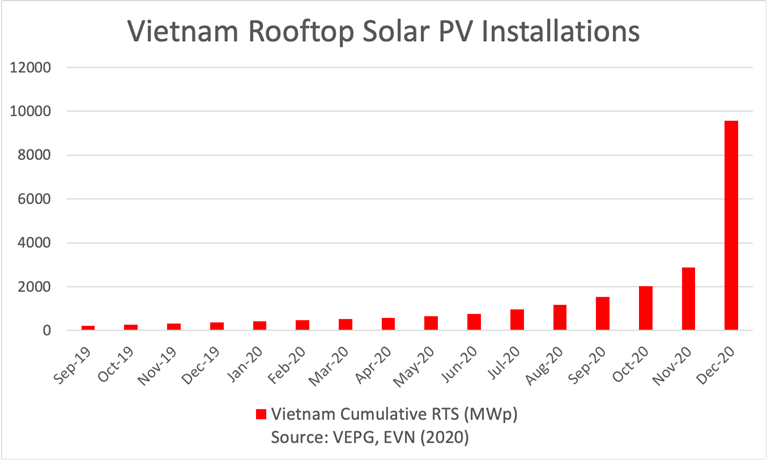
Due to this, the country achieved its 2025 target five years early.
Despite the staggering growth, the country has a lot more to offer. Currently, Vietnam has an average peak irradiation levels between 1,460 and 2,000 kWh/m2 per year, depending on the region.
The country also has one of the best wind resources in Southeast Asia, with an estimated potential of 311 GWs.
Booming renewable energy investments and M&A activities
Data from December 2020 reveals that foreign investments are dramatically increasing, especially in solar and wind power projects.
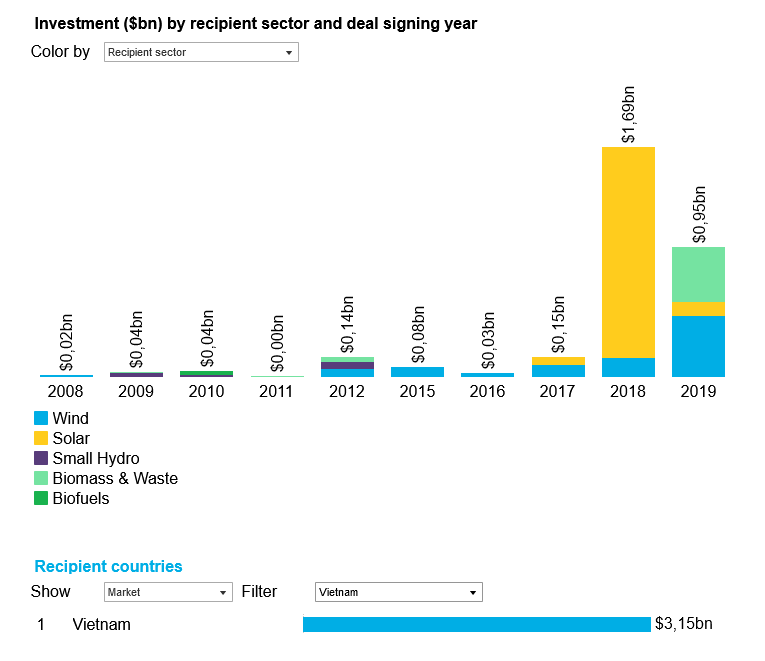
Solar power & wind power investments
The annual growth rates of the solar energy and wind energy markets in Vietnam are expected to reach 12.8% and 34.2%, respectively. Stable growth in renewable power iss expected to be maintained for the period up to 2035.
Solar M&A activity in the country is also projected to embrace an upward trajectory in the coming months. The reasons include Vietnam’s focus on attracting FDI, an open economy, a growing appetite by foreign lenders, increased electricity demand, attractive tariffs, and more.
In fact, multiple investment projects from clean energy leaders are already taking place.
Jinko Solar, one of the largest manufacturers of solar panels holding 12% of the global market, is building a US $500m-worth manufacturing facility in Song Khoai Industrial Park.
After first setting foot on Vietnam’s renewable energy scene in 2018, Limes Renewable Energy, a leading international developer, quickly expanded its plans and is currently developing 12 solar and two wind projects with a total capacity of 1.3 GW.
The end of last year also marked the start of the construction of the largest wind energy project in Vietnam, funded by foreign investments. It is expected to unlock a massive interest from foreign investors considering that the Quang Binh region is popular among tourists and also has enormous wind power potential. The speeds reach 5.5 – 6 m/s in coastal and 6.2 – 7 m/s in mountainous areas.
General Electric, a long-lasting contributor to Vietnam’s shift to energy efficiency away from fossil fuels, also plays a massive part in the renewables transition. The company is about to build the first wind farm in the Lâm Đồng Province. It also supplies wind turbines to several other crucial sites in the country.
Growing interest from foreign countries and potential partners
Vietnam’s proactive approach and innovative spirit, paired with its strong ties with clean energy leaders like Sweden and Germany, allow it to speed up its renewable energy transition while also open up opportunities to foreign investors.
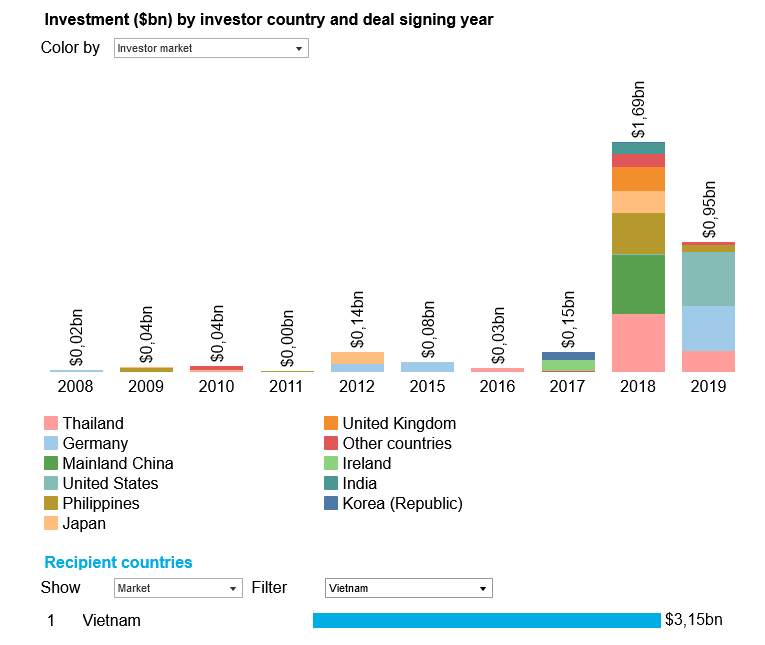
Aside from all the factors mentioned above, investors also fancy Vietnam’s growing energy needs. Experts conclude that renewable energy is the cheapest and also the only way to close the supply-demand gap and energy consumption going forward. In fact, by 2022, it could be cheaper to build solar farms than to operate existing coal-fired power plants. On top of renewable sources reducing greenhouse gas emissions such as carbon emissions, renewables may also provide economic benefits.
Foreign investors also welcome the fact that the state-owned EVN recently received a BB rating with a positive outlook by Fitch. The agency even pointed out that it expects EVN’s financial profile and growth to get much stronger in the upcoming years.
PDP8 and the strong political will to change course from fossil fuels
A few years back, the world was nervously waiting to learn what direction Vietnam and the region would take their energy plans to. The country was torn between building 40 GW coal-powered plants or embracing a future of renewable energy.
In hindsight, we can say that Vietnam made all the right moves. Its remarkable reorientation and the willingness to implement fundamental reforms further proved that developing markets have a lot to gain from a renewable energy transition.
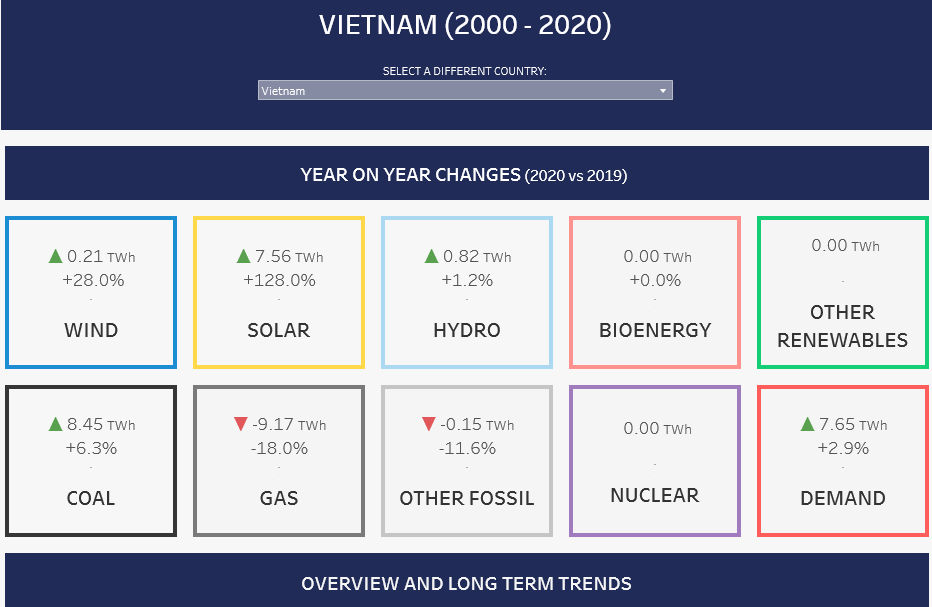
What is more important is that this wasn’t an isolated decision. The country has repeatedly demonstrated that it has found the political will to force structural change. The most recent example is the PDP8 draft, released earlier this year.
The 1,000-pages long plan targets a 30% share of renewables in the energy mix by 2030 and 53% by 2045. It also aims to restrict the development of new coal-powered plants and reduce coal-fired thermal power from 34% in 2020 to 27% in 2030 and 17% in 2045. The plan even goes into detail to provide a list of potential offshore wind power projects and their capacity.
The PDP8 shows that Vietnam plans to start leaving coal behind and embrace cleaner energy sources. This is a perfect opportunity for both internal and external energy companies and investors.
A Bright Future Awaits
If there is anything to draw from all the renewable energy success stories in Vietnam and the latest developments on its energy stage, it is that the country has embraced a journey towards sustainability, and there is no turning back. The only question is, who is willing to join and enjoy it?

by Viktor Tachev
Viktor has years of experience in financial markets and energy finance, working as a marketing consultant and content creator for leading institutions, NGOs, and tech startups. He is a regular contributor to knowledge hubs and magazines, tackling the latest trends in sustainability and green energy.
Read more